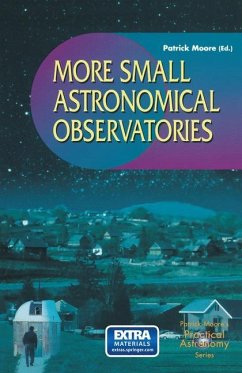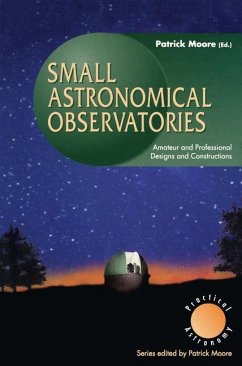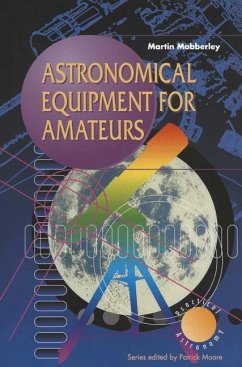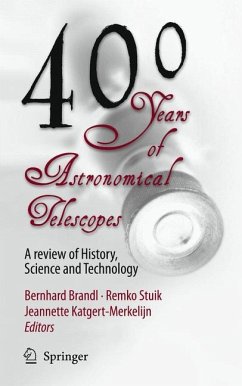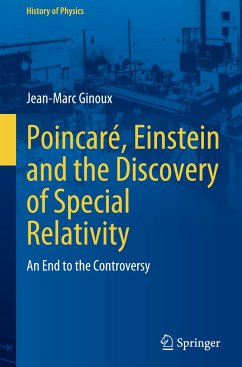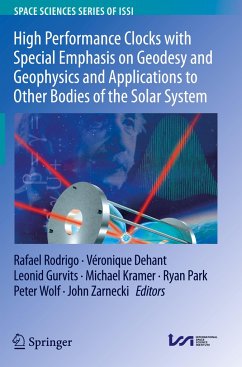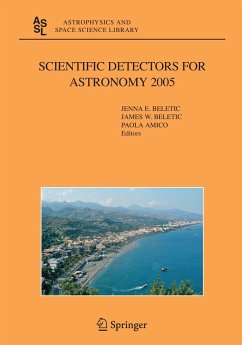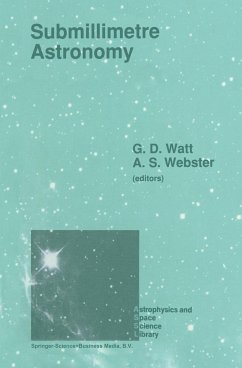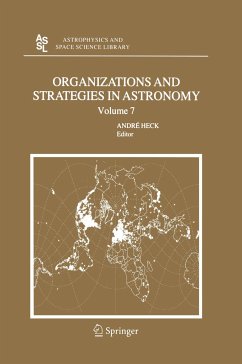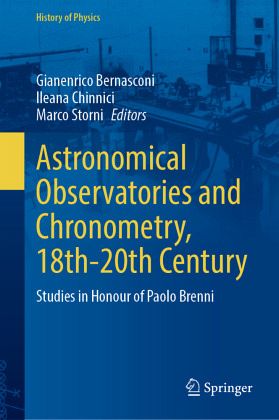
Astronomical Observatories and Chronometry, 18th-20th Century
Studies in Honour of Paolo Brenni
Herausgegeben: Bernasconi, Gianenrico; Chinnici, Ileana; Storni, Marco

PAYBACK Punkte
42 °P sammeln!
This book presents research perspectives and open questions on the intersections between astronomy and chronometry. Their study is of crucial importance to the new historiography of observatories. On the one hand, pendulums were fundamental tools for astronomical observation, as measuring time was essential to record the transit of stars and organize astrographic charts. On the other hand, astronomical observation was the method employed for time determination before the introduction of atomic clocks in the mid-20th century. Chapters of this book cohere around 5 sections: starting from the 18t...
This book presents research perspectives and open questions on the intersections between astronomy and chronometry. Their study is of crucial importance to the new historiography of observatories. On the one hand, pendulums were fundamental tools for astronomical observation, as measuring time was essential to record the transit of stars and organize astrographic charts. On the other hand, astronomical observation was the method employed for time determination before the introduction of atomic clocks in the mid-20th century. Chapters of this book cohere around 5 sections: starting from the 18th century, and going through the 19th and 20th, the relations between observatories and chronometry (and more generally between practices and materiality) are analyzed from the standpoint of the quest for precision, the certification of timepieces, the acquisition and use of specific apparatus, as well as the circulation of knowledge and of instruments on a global scale.



